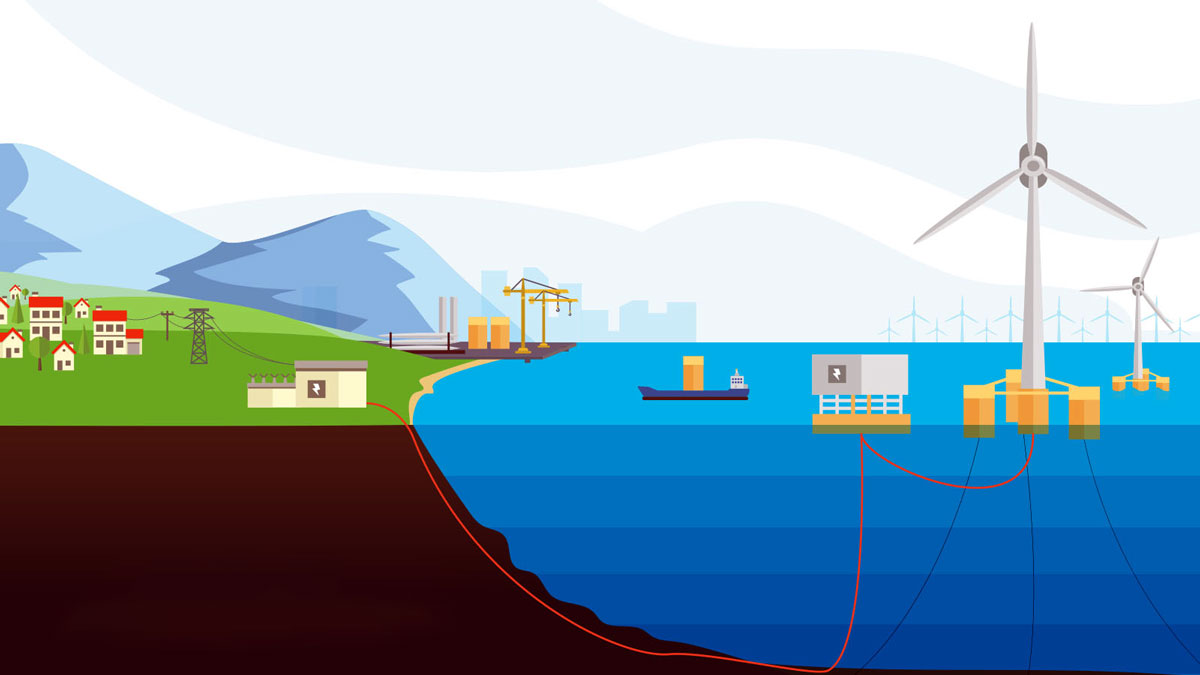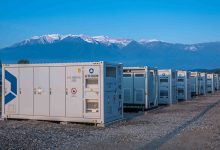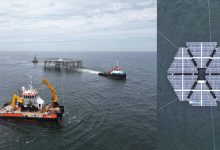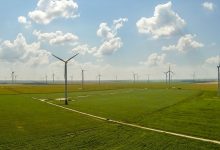European Court of Auditors Warns: Offshore RES Targets Can Be Hard to Reach
The development of offshore renewable energy (RES) in Europe yields ambiguous results, warns the European Court of Auditors (ECA) in a recently published report. EU action and money have contributed to the development of blue energy in pursuit of the bloc’s climate and energy objectives. But the EU may fall short of its ambitions, the auditors say, while much more needs to be done to make offshore renewable energy socio-economically and environmentally sustainable.
A total of EUR 16.7 billion has been invested in offshore projects between 2007 and 2022, but achieving the environmental targets set by Brussels requires much more investment, ECA estimates.
However, the EU has set its targets at the ambitious level of 61 GW of installed capacity by 2030 and 340 GW by 2050, compared to the current capacity of only 16 GW. A rapid and large-scale rollout of ORE installations in EU countries will therefore be needed, requiring considerable sea space and some EUR 800 billion, mostly from private investment. These targets may be difficult to achieve, the auditors say.
Dependence on China, a danger
The European Court of Auditors warns in a report that the EU’s dependence on China for raw material supply chains, the lack of skilled staff and the damage to other industries such as fisheries are the main risks to the completion of projects to develop offshore renewable energy capacity. The report shows that one of the socio-economic implications of offshore renewable energy development is related to the supply of critical raw materials, which may slow down the implementation of offshore renewable energy projects in the EU as long as the materials are almost entirely supplied by China, which also plays a key role in the production of permanent magnets for wind turbine generators. The EU’s dependence on China can create bottlenecks and auditors raise questions about security of supply in the context of current geopolitical tensions.
Estimate: 247 MW installed by 2025
In terms of solutions that could be used offshore, the paper points out that floating wind technology is attractive for deep-sea basins, as it allows floating installations to be deployed in waters deeper than 50 metres. “This technology is compatible with conditions in the Member States bordering the Atlantic Ocean, those bordering the Mediterranean Sea and possibly those bordering the Black Sea. By the end of 2021, 27 MW of floating offshore wind capacity had been installed in the EU. According to a 2022 study by the Joint Research Centre, there is a pipeline of projects that will lead to 247 MW of floating technology capacity being installed in EU Member States by 2025. In addition, according to this study, the costs of floating wind technology are expected to fall significantly by the end of this decade and become comparable to those of installations fixed on the seabed,” the report added.
On the other hand, the auditors expressed concern that the expansion of this energy in Europe could harm the marine environment, both above and below the sea. The report finds that offshore renewable energy rarely coexists with other industries, particularly fishing, with fishermen’s trade associations preventing many offshore projects from going ahead. For example, there are already big problems in Spain and France with offshore wind farms in areas previously known for intensive fishing. “There are serious concerns about the jobs being lost in fishing, and the falling income from fishing, but also the fierce competition between fishermen because of the reduction in areas where they can still fish. The biggest problems have been in Spain, where authorities have had to redefine the areas where offshore wind farms will be built. Unlike in Spain, France has established a compensation mechanism for fishermen, which has reduced the number of conflicts between fishermen and offshore wind farm developers. That is why we believe that before maritime spatial plans are adopted, they need to be discussed, transparently, with all the social partners, otherwise it will happen like in Spain, where some offshore wind capacity development projects have been reassessed and relocated,” said one of the signatories of the report.
Staff shortage for companies
Another issue noted by ECA auditors is that the development of offshore renewable energy will have major social implications in terms of employment, infrastructure, and services.
ECA experts show: “The sector is experiencing significant growth: in 2020, 77,000 people were directly and indirectly employed in the offshore wind sector, compared to less than 400 in 2009. The largest employer is Germany, followed by Denmark, the Netherlands and Belgium. To ensure the further development of the sector, the availability of a skilled workforce throughout the supply chain will play a key role. In 2021, 30% of companies in the offshore renewable energy sector faced a shortage of skilled staff. One of the ways to attract people to work in the offshore sector is to explore the potential of reskilling and upskilling existing employees who previously worked in the oil and gas sector, as well as a way to mitigate the negative impact of the decline of the sector.”
Obstacles in obtaining permits
Another barrier is the lengthy permitting procedures at national level.
Permitting procedures vary between EU Member States. For example, in Germany and the Netherlands, the procedure is simplified, in line with European rules requiring a ‘one-stop-shop’ approach for authorisation of renewable energy projects. Germany has a single body responsible for preparing and carrying out the preliminary assessment of areas for the construction and operation of offshore wind energy installations, which authorises applications for the realisation of projects (including all related decisions).
In the Netherlands, the permitting procedure is one of the shortest in the EU, with a maximum of four and a half years between the auctioning of the offshore wind site and commissioning.
Unlike the two countries above, France has one of the longest lead times in Europe for approving offshore wind installations, with the permitting procedure taking up to 11 years.
In Spain, rules on permits date back to 2007 and are currently under review. As there are no commercial offshore renewable energy installations in Spanish waters to date, there has been no authorisation procedure for such projects.
Legislative revisions to speed up investment
The European Commission has proposed to amend the Renewable Energy Directive to allow Member States to designate “areas suitable for the development of renewable energy projects” on land or at sea.
The proposed revision will operationalise the presumption that renewable energy is an area of major public interest and this will allow new projects to benefit from a simplified environmental assessment.
As mentioned earlier, the European Union has set ambitious targets for capacity to be installed offshore. Therefore, a rapid and large-scale rollout of ORE installations in EU countries will therefore be needed, requiring considerable sea space and some EUR 800 billion, mostly from private investment.







